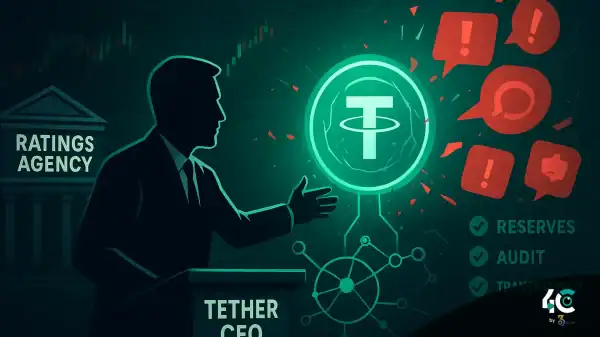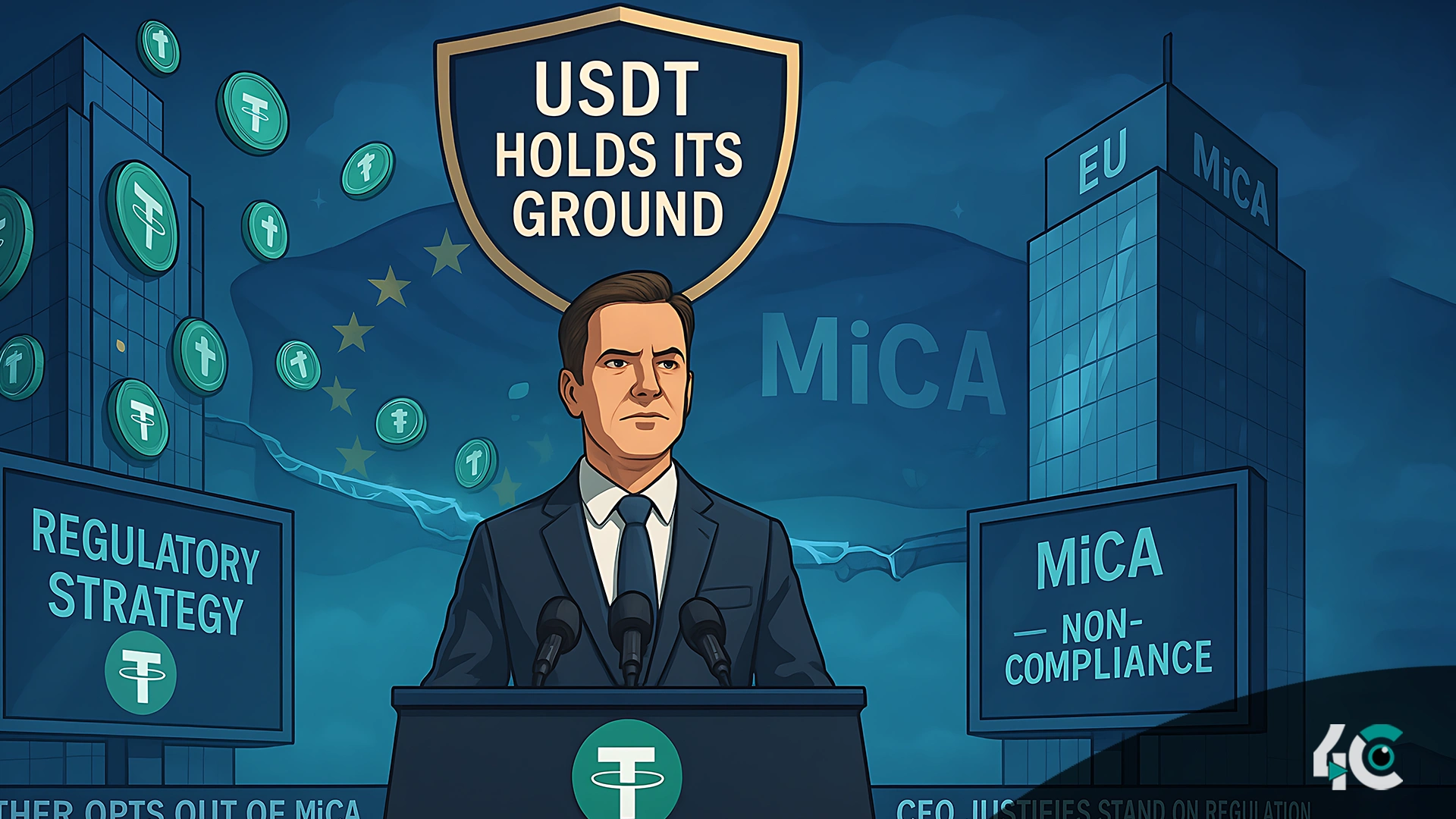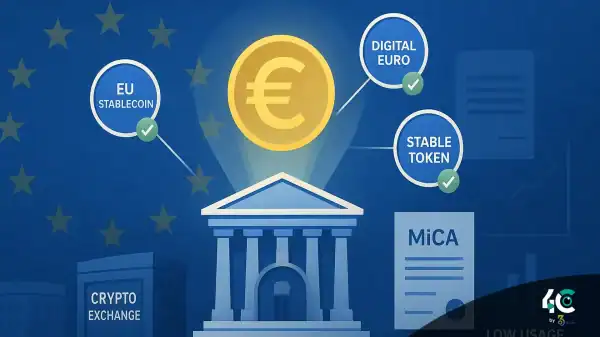Tether’s CEO has strongly criticized the EU’s MiCA regulation, warning it may pose serious risks to stablecoins and the broader banking system.
Tether rebuffs the EU’s attempts to apply the MiCA regulatory regime to it and warns that it may be harmful.
The CEO of Tether, Paolo Ardoino, has sharply criticized the European Union’s Markets in Crypto-Assets (MiCA) regulations, saying that the framework will endanger stablecoin operations and banks. At a recent crypto event in Dubai, Ardoino confirmed Tether does not have plans to register its US dollar-pegged stablecoin (USDT) under MiCA. The EU decision might result in the delisting of USDT from exchanges.
Ardoino criticized the MiCA-created regulatory environment for stifling innovation as well as causing unnecessary financial pressure on the banks and crypto projects. One major concern is the proposal that stablecoin issuers must keep 60% of their reserves in insured European bank deposits, which he called impractical and likely destabilizing for smaller banks.
Criticism of Centralized Control and Digital Euro Push
The goal of European authorities, according to Ardoino, is to replace decentralized finance with a controlled digital euro. This will result in greater oversight of individual expenditures. He argued that not only does MiCA’s framework not take into account the 400 million users globally who rely on stablecoins like USDT for financial inclusion, but also users outside the EU.
According to Ardoino, MiCA will affect not just Europe but the world. We have to protect our users who rely on stablecoins for everyday payments and financial inclusion.
Impact on Exchanges and Stablecoin Availability
Several large exchanges are already delisting non-compliant stablecoins in anticipation of MiCA’s enforcement in late 2024. Kraken and Crypto.com, for example, have removed or will remove USDT from their platforms to eliminate any compliance issues. This trend shows the rising pressure on stablecoin issuers to adapt to local regulations or be shut out of major markets.
The Future of U.S. Markets and Global Crypto Trends
According to Ardoino, Tether’s U.S. plan will be largely different because competition is increasing and the market is evolving into a regulated one.
As global financial literacy increases, he expects that more countries will follow the U.S. example to create cryptocurrency reserves, especially Bitcoin.
Ardoino reaffirmed Tether’s commitment despite regulatory hurdles. He asserts that Bitcoin and stablecoins are still relevant today. It suggests the company will continue to provide service to its global users despite the complexity.
This is a warning to regulators
Tether’s rejection of MiCA points to the tussle between control of things and the decentralized nature of cryptocurrencies. Even though regulators want to improve transparency and stability, Ardoino thinks that strict rules can have bad results, like limiting the growth of stablecoins, which are important for the whole crypto space.
With the ongoing MiCA controversy, Tether’s position highlights the importance of striking a balance as regulators seek to ensure consumer protection and yet encourage innovation. It is unclear if any other issuers of stablecoins will join My CoinAdvisor. However, the future of stablecoins in Europe hinges on a more rational approach from both industry players and regulators.



































